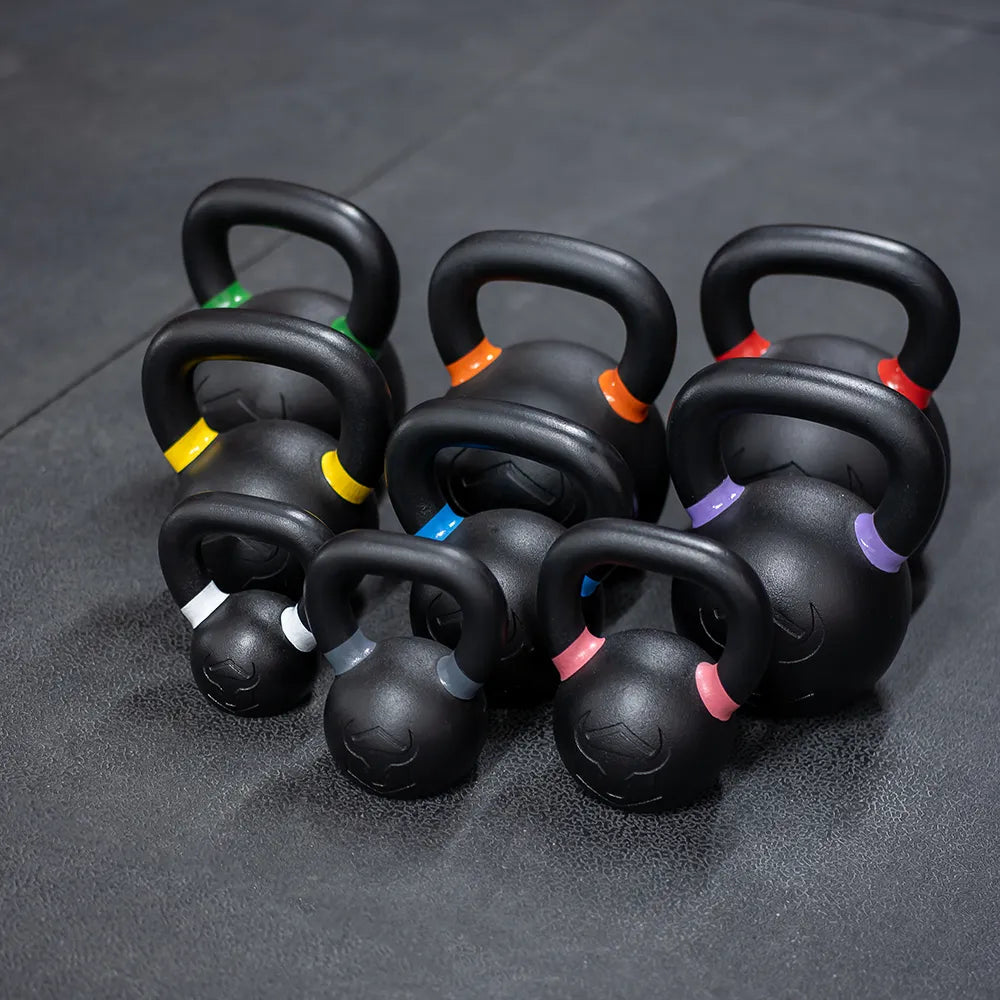Comment maîtriser les tractions assistées avec un Power Rack


Les avantages des tractions assistées
Les tractions assistées sont comme les roues d'entraînement des exercices du haut du corps. C'est un excellent moyen de développer sa force et, à terme, de progresser vers les tractions sans assistance.
Ces exercices sont parfaits pour les débutants qui souhaitent s’améliorer progressivement sans trop solliciter leurs muscles.
En utilisant un rack de musculation , vous disposez d'une installation stable et sûre pour ces exercices. Ce rack offre un environnement idéal pour les tractions assistées, facilitant la concentration sur la technique.
Avec la bonne configuration, vous pouvez transformer votre power rack en une station multifonctionnelle pour le haut du corps avec une barre de traction.
Préparation pour les tractions assistées sur un Power Rack
Tout d'abord, réglez la barre de traction à une hauteur confortable. C'est là que le Power Rack prend tout son sens : il vous permet de personnaliser l'installation selon vos besoins. Une fois la barre en place, vous pouvez y fixer des bandes de résistance ou utiliser une boîte pour vous aider lors des tractions.
La sécurité est primordiale ; assurez-vous donc que votre rack de musculation est stable et solidement ancré. Vous pourrez ainsi vous concentrer sur votre entraînement sans craindre d'éventuels oscillations.
Pour plus de polyvalence, pensez à intégrer des bandes de résistance, qui offrent des niveaux de soutien réglables en fonction de votre niveau de force actuel.
Utilisation de bandes de résistance pour l'assistance
Les bandes de résistance sont vos meilleures alliées pour les tractions assistées. Pour les utiliser, enroulez-les fermement autour de la barre de traction. Selon vos préférences, vous pouvez placer un pied ou un genou dans la bande pour répartir une partie de votre poids.
Vous souhaitez augmenter ou diminuer l'assistance ? Sélectionnez simplement des bandes de différentes épaisseurs.
Cela vous permet d'adapter le soutien à votre niveau de force, facilitant ainsi votre progression au fil du temps. Différents ensembles de bandes de résistance vous permettent de personnaliser votre assistance à mesure que votre force s'améliore.
Méthodes d'assistance alternatives
Si les bandes de résistance ne vous conviennent pas, il existe d'autres solutions. Placez une boîte ou un banc sous la barre pour soutenir vos jambes. À mesure que votre haut du corps se renforce, vous pouvez réduire progressivement l'assistance des jambes ou la résistance des bandes.
Pour un défi supplémentaire, combinez les tractions assistées avec les tractions négatives. Cette méthode sollicite davantage vos muscles et vous aide à développer votre force plus efficacement.
Pour rendre les tractions assistées par boîte encore plus accessibles, pensez à ajouter une boîte pliométrique à votre configuration pour les exercices de step-up.
Perfectionner la forme et la technique
Adopter la bonne posture est essentiel pour maximiser les bénéfices des tractions assistées. Commencez par saisir la barre de traction à la largeur des épaules, ce qui permet de cibler efficacement votre dos et vos bras. Contractez votre ceinture abdominale pour éviter les balancements et concentrez-vous sur des mouvements contrôlés et réguliers.
Essayez de tirer votre poitrine vers la barre, en gardant votre corps aligné tout au long de l'exercice.
Cela vous permet de travailler les bons muscles et de tirer le meilleur parti de chaque répétition. Si vous avez du mal à maintenir une prise ferme, pensez à utiliser des sangles de levage , surtout pour les séries longues.
Progression : Suivi et renforcement des capacités
À mesure que vous gagnez en force, réduisez progressivement l'assistance. Vous pouvez utiliser des bandes de résistance plus fines ou une boîte plus basse pour soutenir vos jambes. Suivez vos progrès en augmentant le nombre de répétitions ou en passant aux tractions sans assistance.
La cohérence et une forme appropriée sont vos meilleurs alliés pour progresser plus rapidement vers des tractions sans assistance.
Pour rester sur la bonne voie, pensez à tenir un journal d'entraînement pour noter vos répétitions et vos progrès. Ainsi, vous pourrez suivre vos progrès et rester motivé pour atteindre les tractions complètes.


